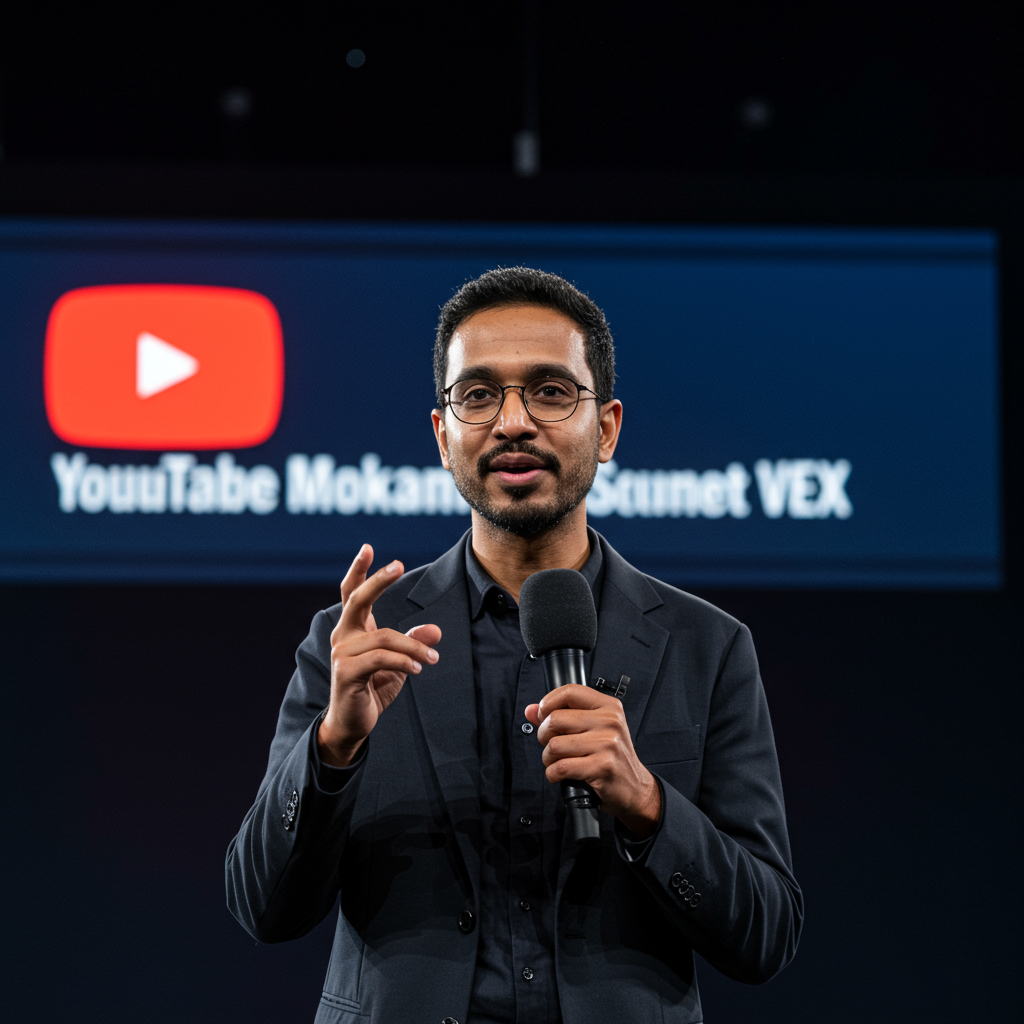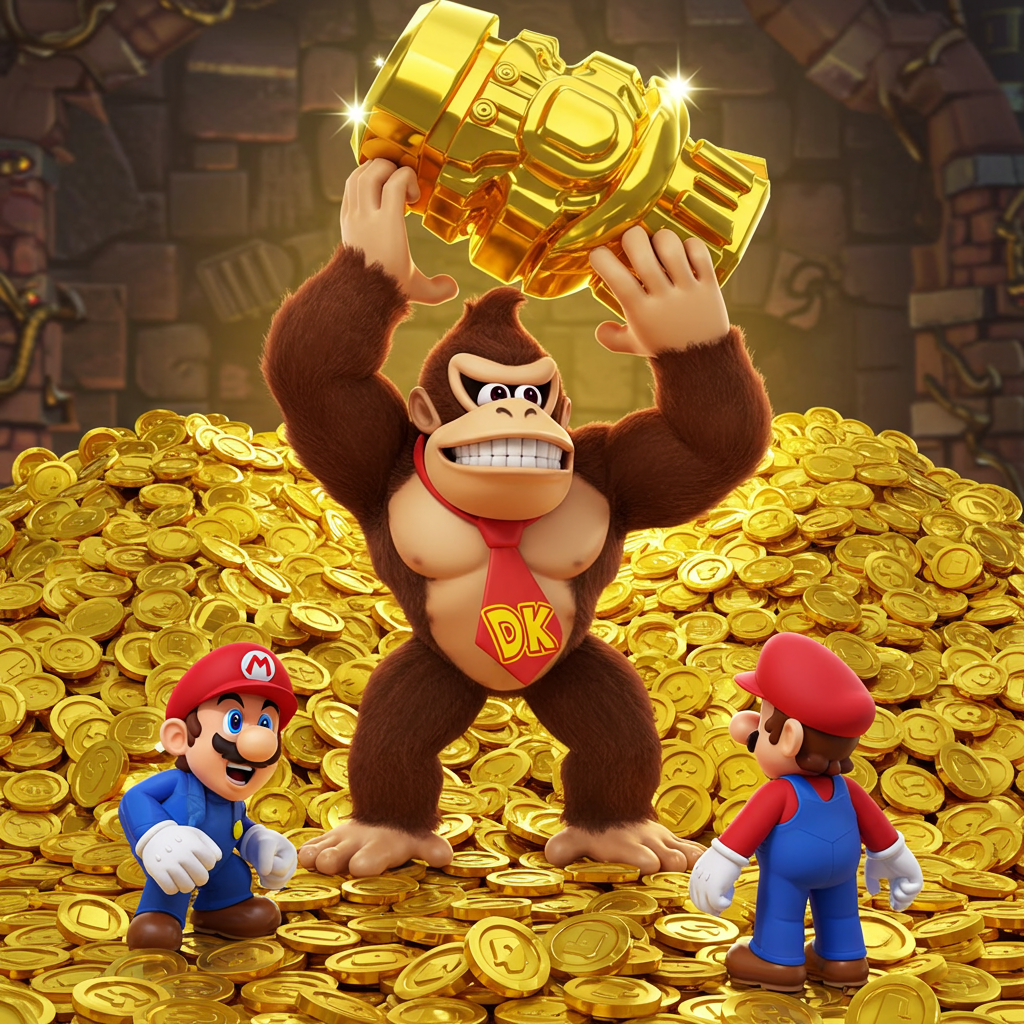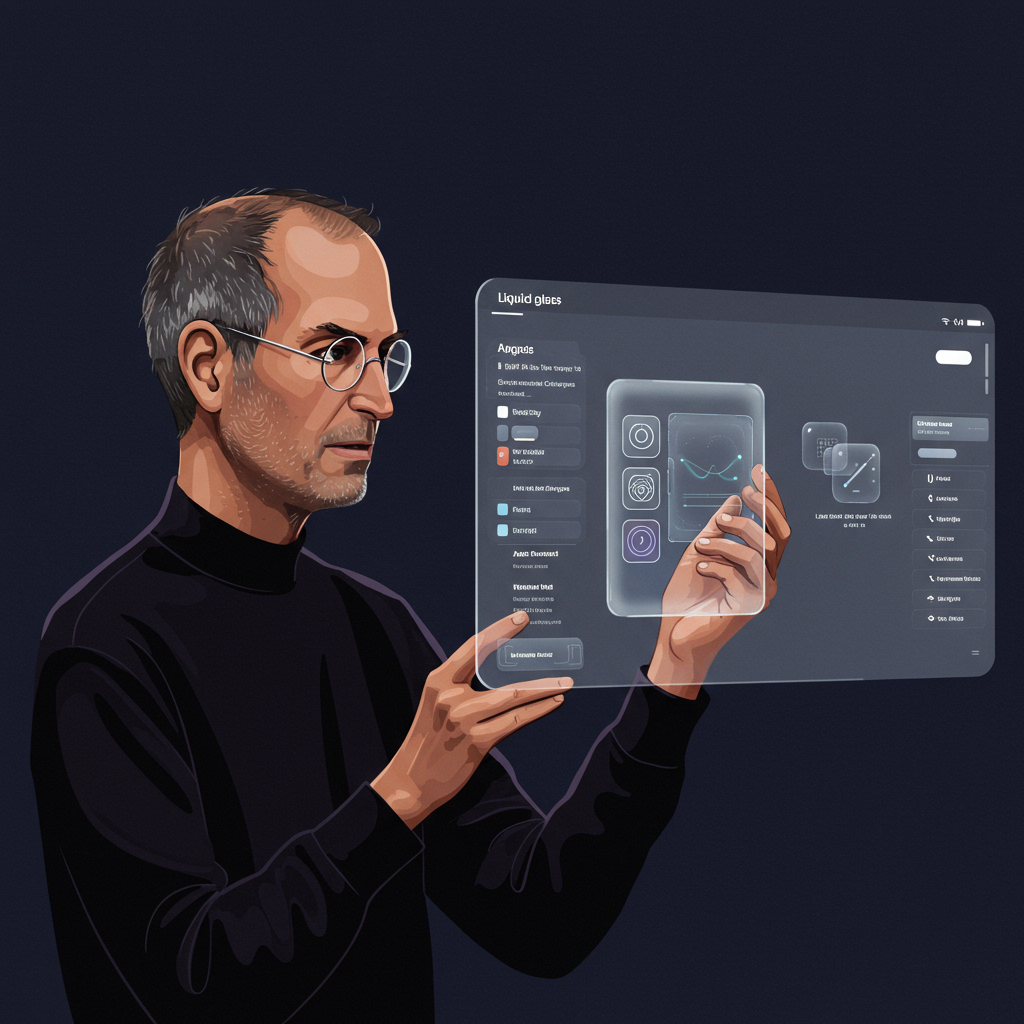Get ready for a potential revolution in short-form video. Google’s advanced artificial intelligence video generator, Veo 3, is set to integrate with YouTube Shorts later this summer. Announced by YouTube CEO Neal Mohan at the Cannes festival, this move promises to significantly boost the creative capabilities available to millions of creators on the platform.
YouTube Shorts: A Dominant Force
Even as TikTok continues to influence online video, YouTube remains the world’s most-watched video source. While traditionally known for longer content, its short-form format, YouTube Shorts, has exploded in popularity. The platform has seen a massive 186% increase in viewership over the past year, now boasting an impressive 200 billion daily views. This surge underscores the critical role short, punchy videos play in today’s digital landscape, and YouTube is clearly doubling down.
YouTube has already begun equipping creators with AI tools, such as Dream Screen, which generates AI video backgrounds from simple text prompts. However, the integration of Veo 3 represents a substantial upgrade, potentially transforming how content is created.
Enter Veo 3: Stunning Realism, Unsettling Potential
Google first unveiled Veo 3 at its I/O conference, immediately drawing attention for its ability to generate high-fidelity video and synchronized audio from just a text description. The results are often described as “stunningly realistic,” “frighteningly good,” and at times, even “unsettling” or bordering on the “uncanny valley.” Unlike earlier AI video attempts that often lacked realistic audio or smooth motion, Veo 3 can produce scenes that look incredibly plausible, complete with environmental sounds and even believable dialogue.
This level of realism, while brilliant for creative expression, also sparks debate about its potential for misuse. Experts warn that the public may not be prepared for how difficult it’s becoming to distinguish sophisticated AI-generated content from real video, especially when consumed quickly in fast-paced social media feeds like Shorts. Fabricated scenarios, interviews, or events could appear highly convincing, raising concerns about the spread of misinformation.
A Natural Fit for Shorts?
The integration of Veo 3 with YouTube Shorts seems like a logical step in terms of content format. YouTube Shorts currently supports videos up to 60 seconds. The current version of Veo 3 generates clips that are typically around eight seconds long. Stringing together a few of these high-quality, AI-generated clips fits neatly within the maximum duration for Shorts.
YouTube CEO Neal Mohan expressed optimism about the integration, stating, “I believe these tools will open new creative lanes for everyone to explore.” This suggests the goal is to democratize video creation, making sophisticated visuals and storytelling accessible to a broader audience.
Technical Hurdles and Potential Costs
Despite the excitement, integrating Veo 3 seamlessly into Shorts isn’t without challenges. A key technical hurdle is the video orientation. Veo 3 currently outputs landscape-oriented 720p videos. Since YouTube Shorts is designed primarily for vertical, portrait viewing, directly using these outputs would result in undesirable black bars on the sides. It is widely expected that Google will need to develop a custom version of Veo specifically tailored to generate vertical video clips for Shorts.
Another significant consideration is the cost. While specific pricing for Veo 3 access within YouTube Shorts has not been announced, accessing Veo 3 currently requires a subscription to Google’s AI Ultra plan, priced at a steep $250 per month, which even then includes usage limits (e.g., 125 eight-second clips). Whether Google will introduce more accessible pricing tiers for Shorts creators or explore other monetization models remains to be seen, but widespread, free access seems unlikely given the computational cost of generative AI.
Looking Ahead: A Pivotal Moment
The integration of Google’s powerful Veo 3 AI into YouTube Shorts marks a pivotal moment in content creation. It holds the potential to unlock unprecedented creative possibilities for creators, making complex visual ideas easy to generate. However, it also brings with it the ethical considerations of hyper-realistic AI video and the need for platforms and users alike to navigate a new landscape where discerning reality from sophisticated AI becomes increasingly difficult. As the integration rolls out later this summer, the world will be watching to see if this is primarily a game-changer for creativity or a step further into the uncanny valley.




